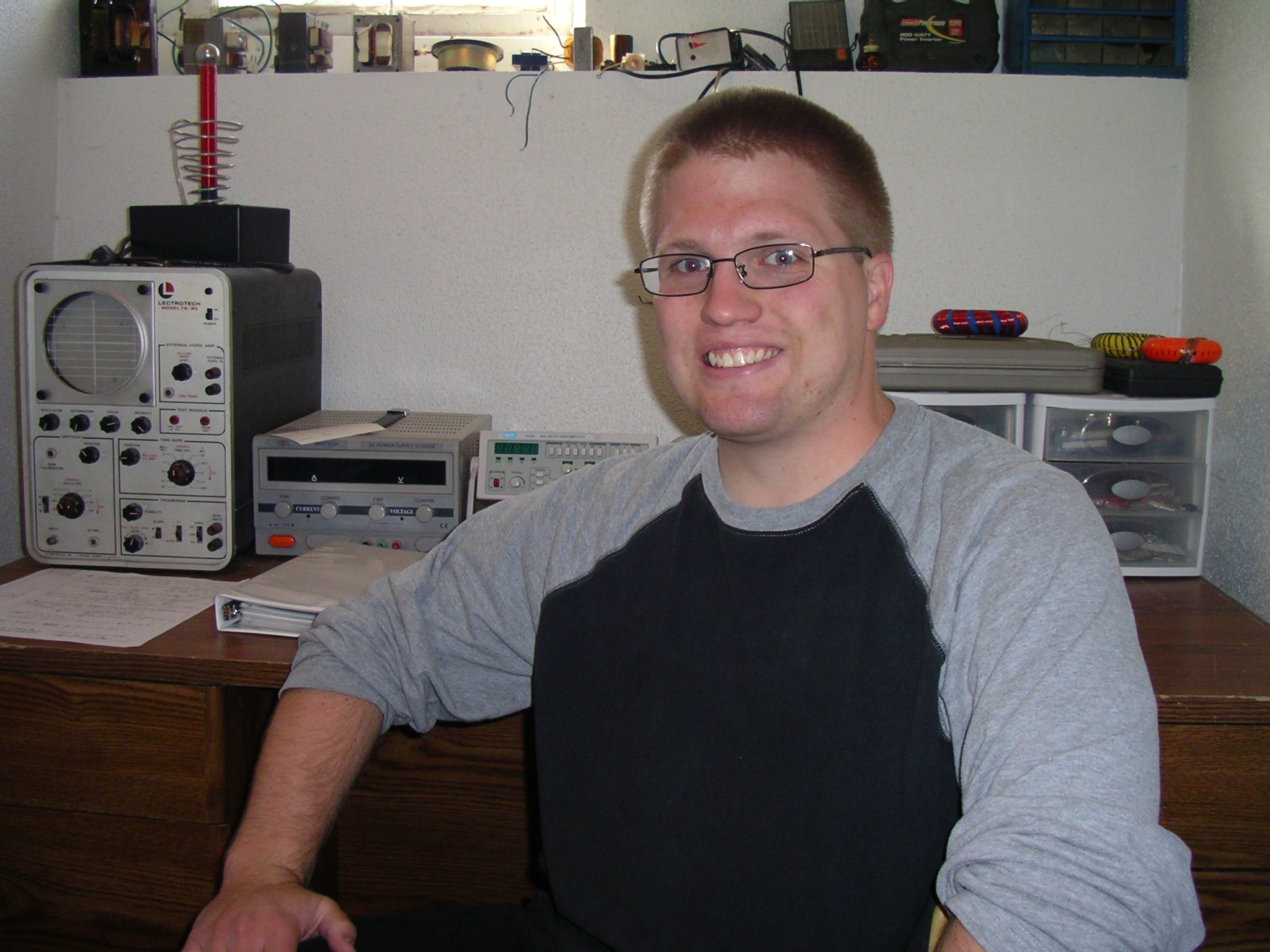- Plasma Orbital Expansion of the Electrons in Water (2010) [Updated 1 decade ago]
- Characterizing Brown's Gas (2009) [Updated 1 decade ago]
- Brown's Gas: What Exactly Is It? (2008) [Updated 1 decade ago]
- Plasma Orbital Expansion of the Electrons in Water (2010) [Updated 1 decade ago]
Brown's Gas boasts a plethora of unusual characteristics that defy current chemistry. It has a cool flame of about 130 degress C (266 degrees F), yet melts steel, brick and many other materials. Confusingly research both confirms and rebuffs many claims about it, leading to a smorgasbord of theories today seeking to explain its unusual properties. One possible theory, currently gaining support even from establishment science, depicts "plasma orbital expansion of the electron in a water molecule". In this process, unlike electrolysis, the water molecule "bends" into a linear, dipole-free geometry. This linear water molecule expands to gain electrons in the d sub-shell, and these extra electrons produce different effects on different target materials. Electrons that scatter at point of contact produce heat based upon electrical conductivity, density and thermal capacity of the material. It will also show why Rydberg clusters are a part of browns gas and how the linear water molecule needs these clusters to survive. This paper will explain this new theory and why it is gaining popularity among scientist in academia.
- Characterizing Brown's Gas (2009) [Updated 1 decade ago]
Yull Brown seems to be the father of a unique gas in Australia that many refer to as Brown's Gas. He gave many public demonstrations and received his own patents (4,010,777 and 4,081,656). Although he spent many years working with the gas, Yull kept secrets from the public. Until his death in 1998, he was considered the world's foremost expert on the gas. However, Brown's claim has been preceded by the extensive work of Dr. William Rhodes. Dr. Rhodes was one of the first researchers to describe common duct electrolytic oxy-hydrogen which may actually be Brown's Gas. In the early 1960s, Dr. Rhodes received two US patents (3262872 and 3310483) for methods of producing this unique gas. Dr. Rhodes stated...
"Of all elements, hydrogen and oxygen should hold no secrets."
Brown's Gas, according to one current theory, is a mixture of monatomic and diatomic hydrogen and oxygen and a special form of water called Electrically Expanded Water (EEW) or Santilli Magnecules. Brown's Gas is produced by a similar design of the electrolyzer that will split water into its various components. However, George Wiseman defines Brown's Gas as:
"The entire mixture of gasses evolving from an electrolyzer specifically designed to electrolyze water and not separate the resulting gasses."
Browns gas has a plethora of unusual characteristics that seem to defy current chemistry. It has a cool flame about 130 degrees yet is able to melt steel, brick and many other metals. The goal of this article is to confirm claims about the Brown's gas and to help solidify the current theory of Brown's gas.
- Brown's Gas: What Exactly Is It? (2008) [Updated 1 decade ago]
Yul Brown seems to be the father of a unique gas in Australia that many people refer to as Brown's Gas. He gave many public demonstrations and received his own patents (4,010,777 adn 4,081,656). Although he spent many years working with the gas, Yul kept secrets from the public. Until his death in 1998, he was considered the world's foremost expert on the gas...



